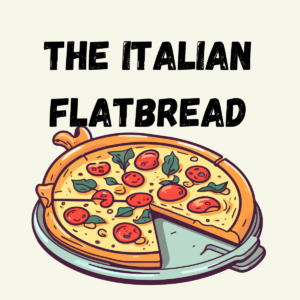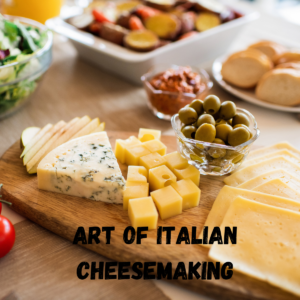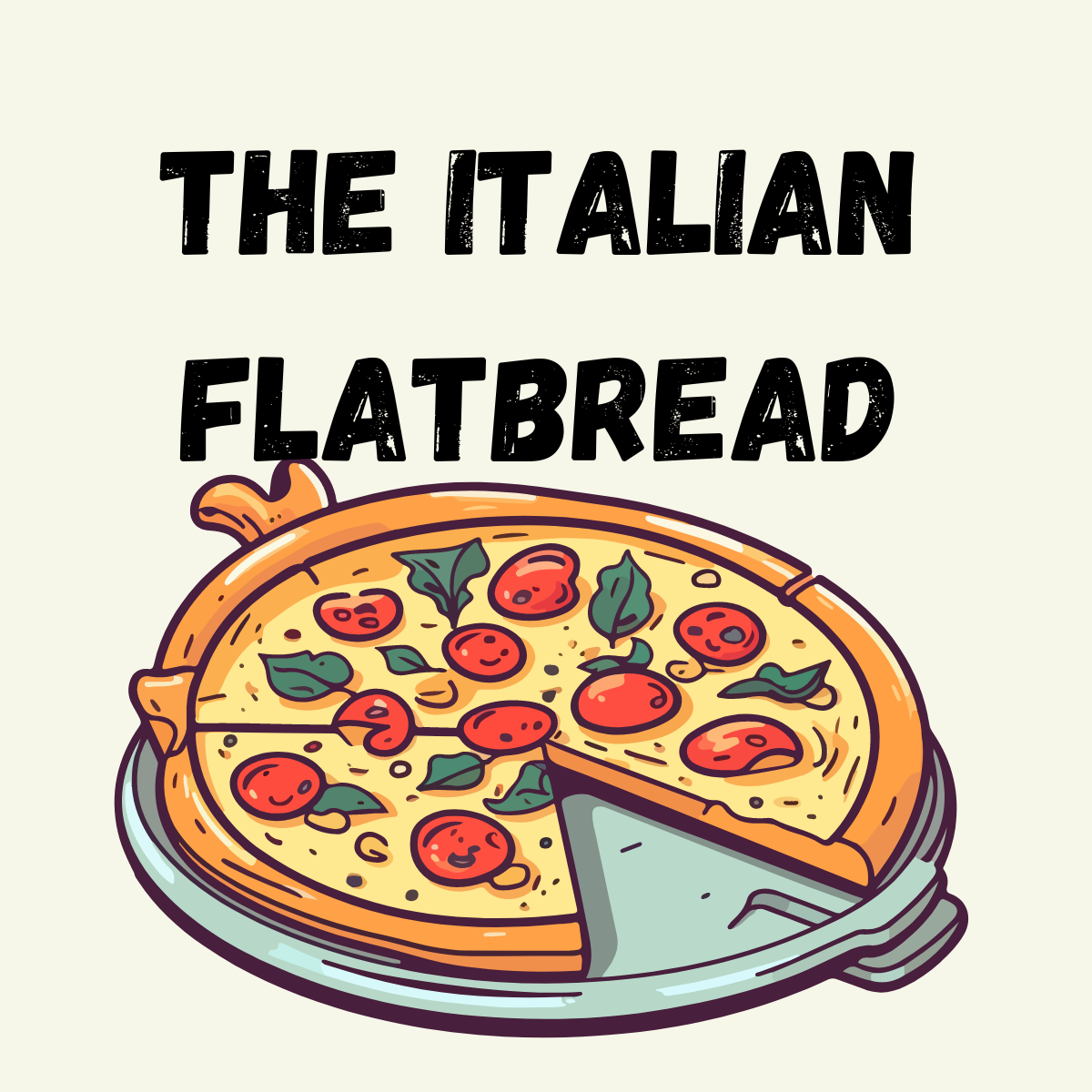The Italian Flatbread – Pizza Fairytale 2024
A Slice of History: The Global Journey of Pizza
Pizza, also known as the Italian Flatbread. The mere mention of the word conjures up images of melted cheese, bubbling tomato sauce, and a crispy crust – a universal symbol of comfort food enjoyed worldwide. But this seemingly simple dish boasts a rich and fascinating history, stretching back centuries and evolving alongside civilizations. This article delves into the captivating story of Italian flatbread, from its ancient flatbread origins to its modern-day global domination.

Origins: From Flatbreads to Pizza Ancestors
The story of pizza begins not with a specific inventor, but rather with the development of flatbreads in various ancient civilizations. Egyptians, Greeks, and Romans all enjoyed versions of flatbreads topped with simple ingredients like olive oil, herbs, and spices.
These early iterations served a practical purpose – they were a convenient and portable way to consume grains.
The first documented use of the word “pizza” appears in a Latin text from 997 AD, originating from the town of Gaeta in southern Italy. The text mentions a tenant who is obligated to pay the bishop “duodecim pizze” (twelve pizzas) on Christmas and Easter.
While the exact nature of these pizzas remains unclear, it suggests the existence of a flatbread dish already associated with the term “pizza” in medieval Italy.
Evolution of Pizza: A Symphony of Toppings
Over time, the Italian flatbread evolved beyond its basic flatbread roots. The key ingredient that revolutionized pizza was the tomato. Although tomatoes originated in Central and South America, they weren’t widely accepted in Europe until the 16th century. Once tomatoes became incorporated into Italian cuisine, they found their way onto pizzas, adding a vibrant new dimension of flavour.
The addition of cheese further enriched the pizza experience. While mozzarella was likely used on pizzas as early as the 16th century, historical evidence remains sparse. Regardless, by the 18th century, cheese became a staple ingredient, creating the foundation for the modern pizza we know and love.
Italy itself witnessed the emergence of distinct regional flatbread styles. Neapolitan pizza, hailing from Naples, is known for its thin crust, simple tomato and mozzarella toppings, and a cooking method that utilizes wood-fired ovens. Roman pizza, on the other hand, features a thinner and crispier crust, often rectangular in shape, and may be enjoyed “al taglio” (by the slice). These regional variations showcase the diverse culinary tapestry of Italy.

The Rise of Modern Flatbread: Industrial Revolution and Global Migration
The Industrial Revolution played a significant role in the rise of modern flatbread. With advancements in flour milling and the wider availability of ingredients like tomatoes and cheese, pizza became more accessible to the masses. Additionally, the invention of coal-fired ovens provided a more efficient cooking method compared to traditional wood-fired ones.
The late 19th and early 20th centuries saw a wave of Italian immigration, particularly to the United States. These immigrants brought their love of the Italian Flatbread with them, establishing pizzerias in their new communities. Notably, the city of New York became a pizza hub, where Italian immigrants adapted the Neapolitan style to create the iconic New York-style pizza – larger, foldable slices with a slightly thicker crust.
Italian Flatbread Today: A Global Phenomenon
Today, it has transcended its Italian roots to become a truly global phenomenon. From deep-dish Chicago-style pizzas with their thick and bready crusts to California-style flatbread known for their gourmet toppings, regional variations continue to flourish worldwide.
Technological advancements in food delivery have also made Italian Flatbread readily available at our fingertips, further solidifying its place as a global comfort food.
Conclusion: A Timeless Culinary Treasure
From its humble beginnings as an ancient flatbread to its current status as a global culinary icon, pizza’s journey is a testament to human ingenuity and the power of simple ingredients to create something truly special. The ability to be customized with endless topping combinations ensures that the Italian flatbread remains a crowd-pleaser across cultures.
As we continue to explore new flavour profiles and experiment with cooking techniques, the story of Italian Flatbread is far from over. The next slice you enjoy is not just a delicious meal, but a delicious reminder of a rich history that continues to unfold.
Sources:














Post Comment
You must be logged in to post a comment.